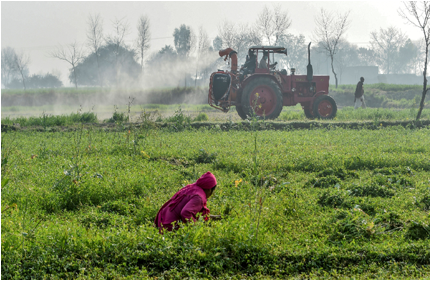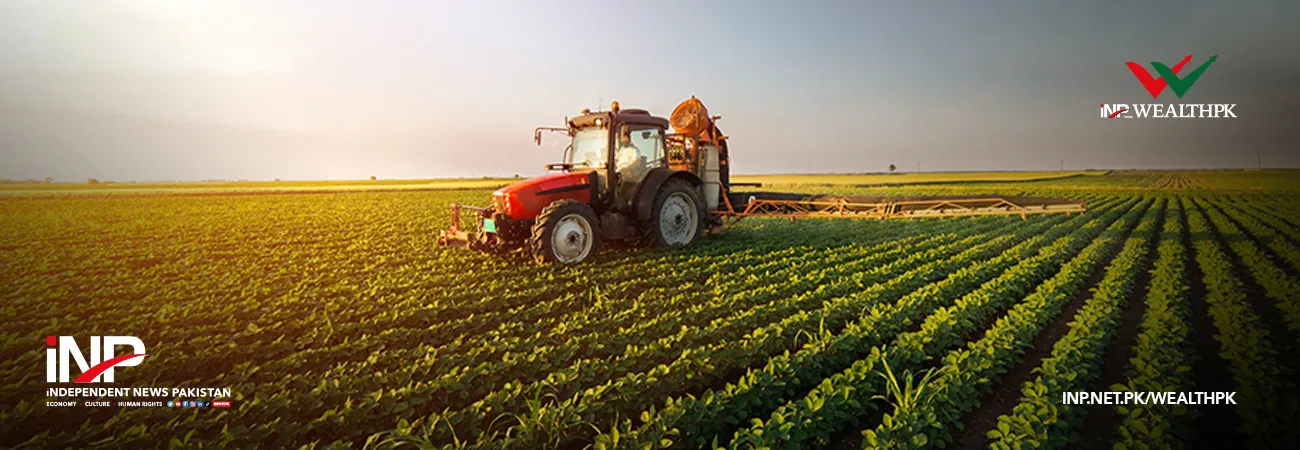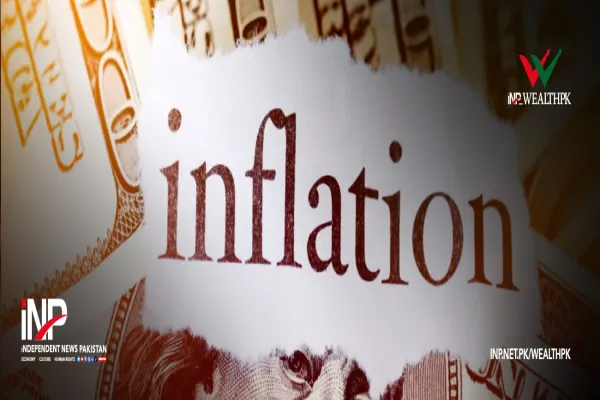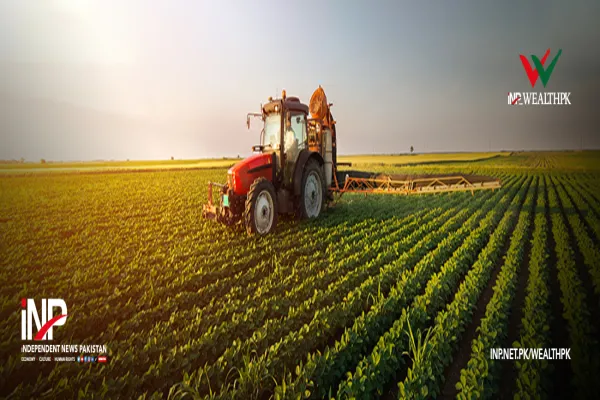i INP-WEALTHPK
Moaaz Manzoor
Though inflation in Pakistan has eased, the economy remains sluggish due to the deep-rooted structural issues in agriculture and industry, with experts calling for urgent supply-side reforms to avoid another cycle of jobless growth, reports WealthPK.

The economy grew by a modest 1.73% in the second quarter of the current fiscal year, driven largely by services and livestock, while agriculture and industry struggled with structural constraints, high input costs, and weak investment. The average growth rate for the first half was 1.5%, well below the population growth rate, raising alarms about the economy’s ability to create jobs and drive inclusive growth.
Speaking to WealthPK, Muhammad Mubasal, Economic Analyst at the Economic Policy & Business Development, pointed out that the growth figure, though modestly positive, masks a fundamental disconnect in Pakistan’s economic recovery strategy. He noted that the stark fall in agricultural output and ongoing industrial stagnation showed that Pakistan’s growth challenges run deeper than the interest rate adjustments.
While the financial sector posted double-digit growth of over 10%, Mubasal questioned the implications of such gains, calling it “a misallocation of capital toward speculative rather than productive investments.” He emphasized that the central bank’s tight monetary policy might have stabilized inflation, but at the cost of strangling real economic activity.
Echoing this concern, Uzma Aftab, Senior Research Associate at the Policy Research and Advisory Council (PRAC), observed that the contraction in LSM indicates unresolved structural issues that limit domestic supply. She identified undue tax burdens, energy shortages, and skill mismatch between educational and industrial needs as barriers to productivity.
While the March inflation of around 1–1.5% provided a temporary relief, she warned April could see a rise to 2–3%, driven by the persistent supply-side pressures. These include climate-induced disruptions in agriculture, lack of R&D investment, and global risks such as resurgent Red Sea tensions and tariff hikes initiated by the US. Uzma also raised concerns over the ineffectiveness of monetary easing.
Even with a policy rate cut to 12%, she said businesses remain reluctant to borrow due to low demand and lingering uncertainty. This reflects a deeper issue of low financial integration and investor confidence. Moreover, Pakistan’s fiscal consolidation under the IMF terms, including subsidy cuts and higher electricity tariffs, risks triggering further inflationary pressure.
She cautioned that the slowdown in manufacturing could lead to revenue shortfalls, prompting additional tax measures despite continued absence of agricultural taxation. In addition, she highlighted that the rising imports, encouraged by the IMF-backed tariff reforms, might worsen the current account if not matched by the export growth. “This could strain the exchange rate and undermine currency stability,” she said, warning that the inflationary burden may once again fall on the general public.
Pakistan’s fragile economic growth underscores a recurring pattern of price stability without productivity. As structural imbalances in agriculture and industry persist and monetary tools prove insufficient, experts urge a pivot toward long-term supply-side reforms. Without addressing core inefficiencies, Pakistan risks another cycle of jobless growth and deepening socioeconomic strain.
Credit: INP-WealthPk









